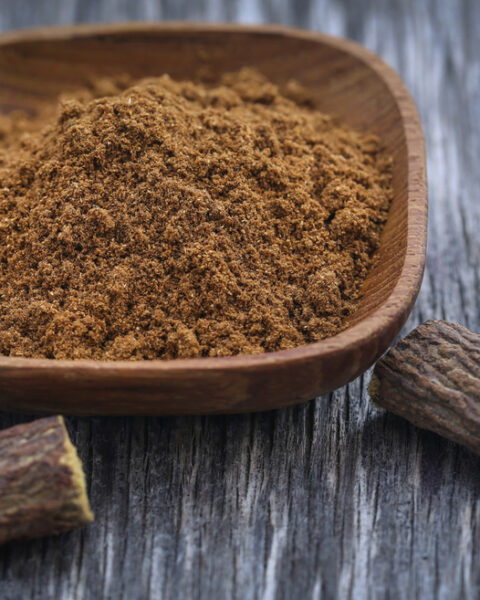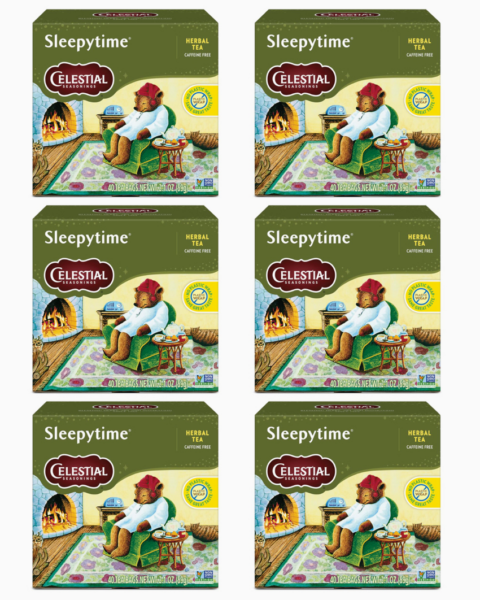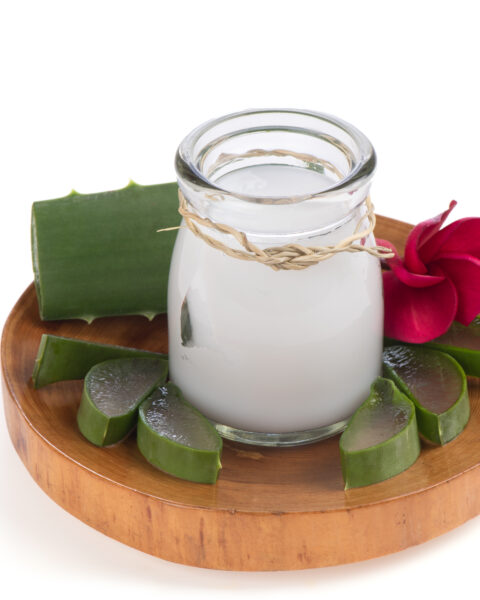When it comes to making a delicious pot roast, the cut of meat you choose can make all the difference. Some cuts are perfect for slow cooking, turning tender and juicy, while others can end up tough and dry. Knowing which cuts to buy and which to avoid can save you a lot of frustration in the kitchen. Let’s dive into the best and worst cuts for your next pot roast, and I’ll share some tips on how to make the most of each option. This guide will help you create a mouthwatering pot roast that everyone will love.
Contents
- 1 Buy: Chuck Roast
- 2 Avoid: Skirt Steak
- 3 Buy: Brisket
- 4 Avoid: Eye of Round
- 5 Buy: Bottom Round Roast
- 6 Avoid: Tenderloin
- 7 Buy: Short Ribs
- 8 Avoid: Rib Roast
- 9 Buy: Rump Roast
- 10 Avoid: Flank Steak
- 11 Buy: Round Roast
- 12 Avoid: Sirloin Tip Roast
- 13 More From RetailShout
- 14 7 Frozen Foods Dietitians Recommend (and 3 They Warn Against)
- 15 10 Common Foods That Cause Inflammation You Should Avoid
Buy: Chuck Roast
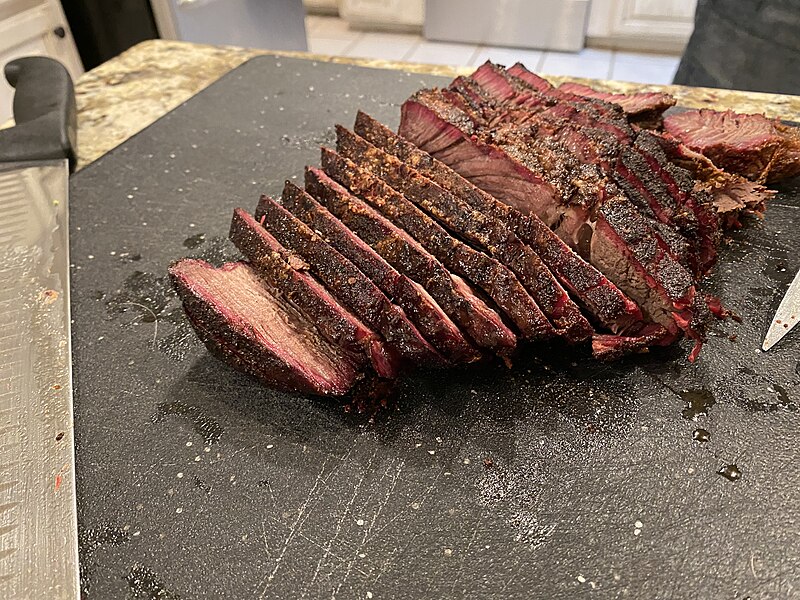
Chuck roast is a top choice for pot roast due to its rich marbling and connective tissue. When slow-cooked, the collagen in the chuck roast breaks down, resulting in tender, juicy meat. This cut comes from the shoulder area, offering a deep beefy flavor that enhances the dish. It’s also relatively affordable and widely available. For best results, sear the meat before slow cooking to lock in flavors and use beef broth or red wine to deglaze the pan. Marinate the chuck roast overnight in a blend of herbs, garlic, and olive oil to infuse extra flavors.
Avoid: Skirt Steak
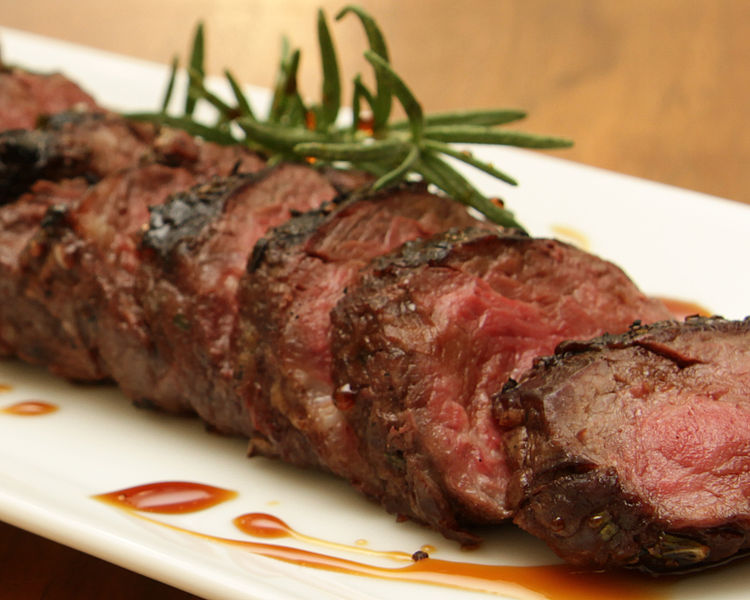
Skirt steak, although flavorful, is not suitable for pot roast due to its tough, fibrous texture. This cut is best suited for quick-cooking methods like grilling or searing. When used in pot roast, skirt steak can become chewy and fail to achieve the desired tenderness. If you must use skirt steak, marinate it for several hours in a tenderizing mixture of citrus juice and olive oil, but it’s better suited for fajitas or stir-fry.
Buy: Brisket
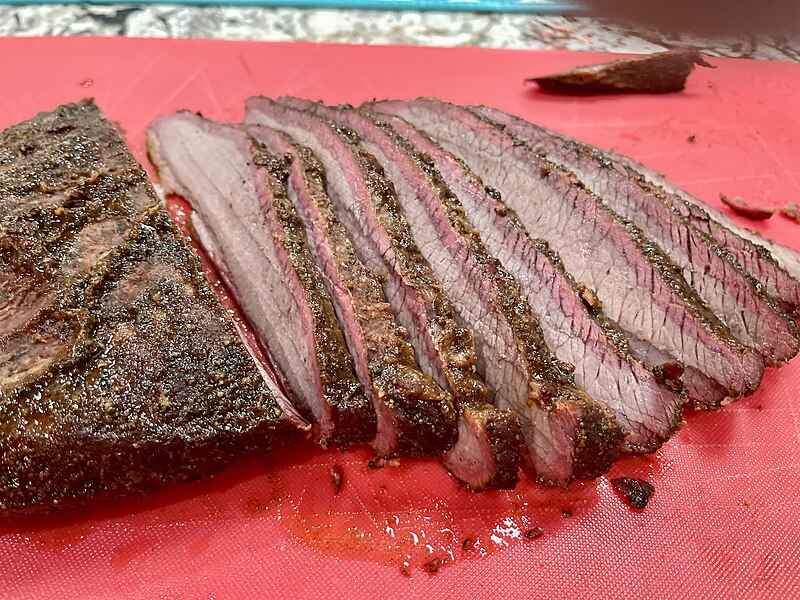
Brisket is another excellent option for pot roast, known for its deep, robust flavor. This cut comes from the breast section and contains ample connective tissue, which breaks down beautifully during slow cooking. The result is a tender, succulent roast with a rich taste. Ensure you cook it low and slow for the best texture. Cook brisket with a mixture of broth, tomatoes, and spices to create a flavorful braising liquid that enhances the meat’s natural taste.
Avoid: Eye of Round
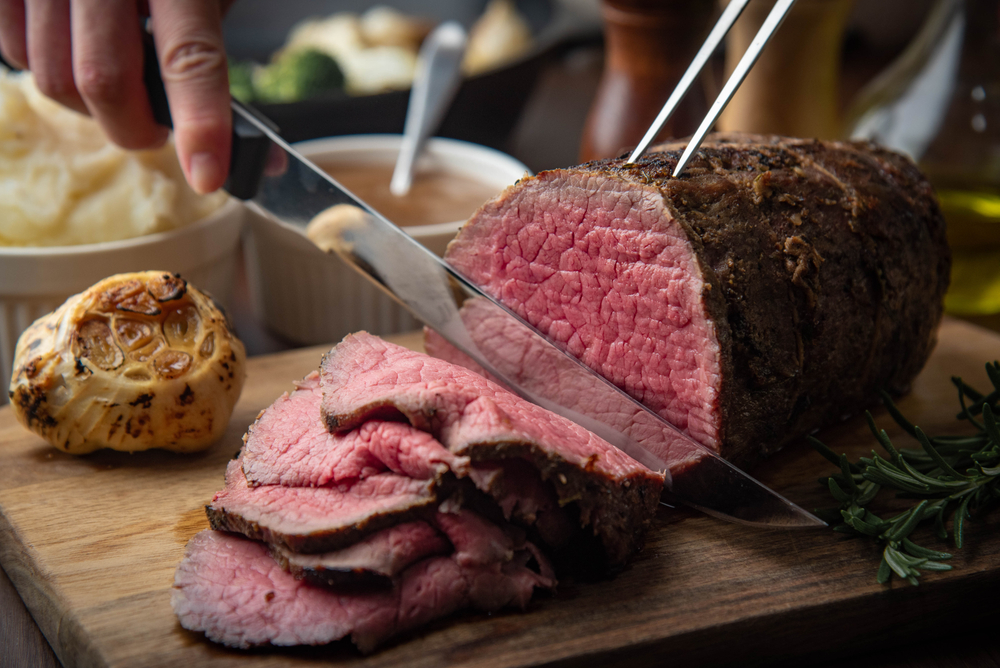
Eye of round is a lean cut that lacks the marbling needed for a tender pot roast. This cut is often dry and tough when slow-cooked, making it a poor choice for pot roast. It requires precise cooking to avoid becoming chewy and unappetizing. If using eye of round, consider slicing it thinly for sandwiches or using it in recipes that require quick cooking.
Buy: Bottom Round Roast
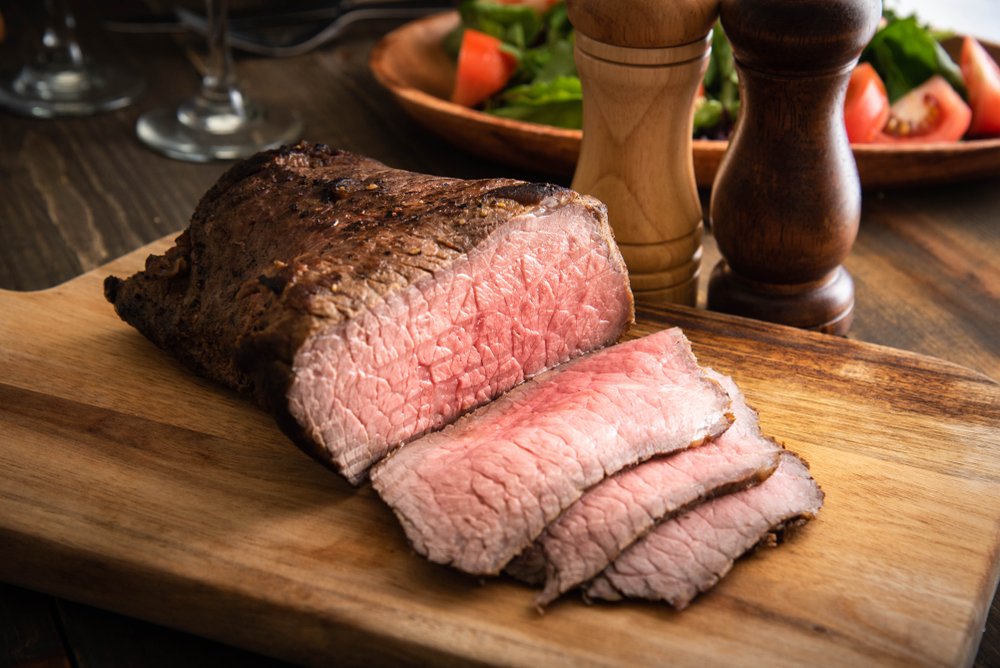
Bottom round roast is a leaner option that still works well for pot roast due to its sufficient connective tissue. This cut is from the rear leg of the cow and benefits from slow cooking to break down the muscle fibers. It offers a good balance of flavor and tenderness when prepared correctly. Add root vegetables and fresh herbs to the pot to complement the flavor of the bottom round roast.
Avoid: Tenderloin
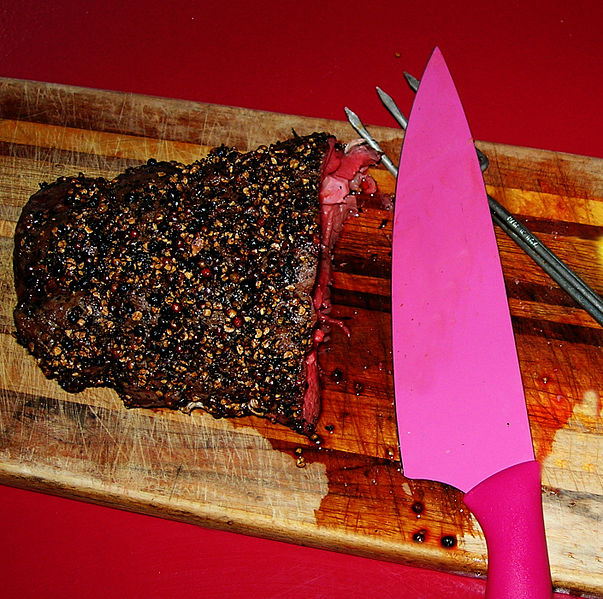
Tenderloin is a premium cut of beef known for its tenderness, but it lacks the connective tissue needed for a successful pot roast. This cut is best enjoyed when quickly seared and served rare to medium-rare. Slow-cooking tenderloin can result in a dry, flavorless dish. If you must use tenderloin, cook it at a higher temperature for a shorter duration and serve with a rich sauce to enhance its flavor.
Buy: Short Ribs
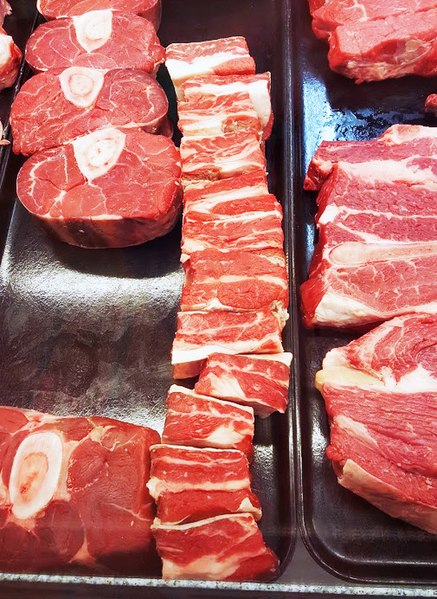
Short ribs are a fantastic choice for pot roast, providing rich, beefy flavors and tender meat. This cut contains plenty of connective tissue and fat, which melt during cooking, resulting in a succulent dish. Short ribs are particularly well-suited for braising in a flavorful liquid. Brown the short ribs before slow cooking and add aromatic vegetables and herbs to the braising liquid for an extra depth of flavor.
Avoid: Rib Roast
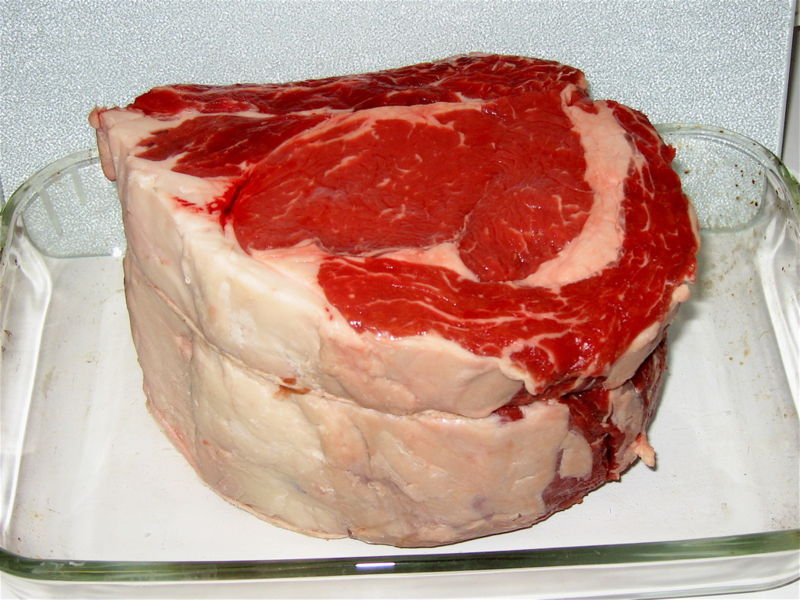
Rib roast, though flavorful and tender, is not ideal for pot roast because it is best suited for roasting at high temperatures. When slow-cooked, the lack of connective tissue and higher fat content can result in an overly greasy dish that lacks the desired pot roast texture. Save rib roast for special occasions where it can be roasted to medium-rare and served with a robust au jus.
Buy: Rump Roast
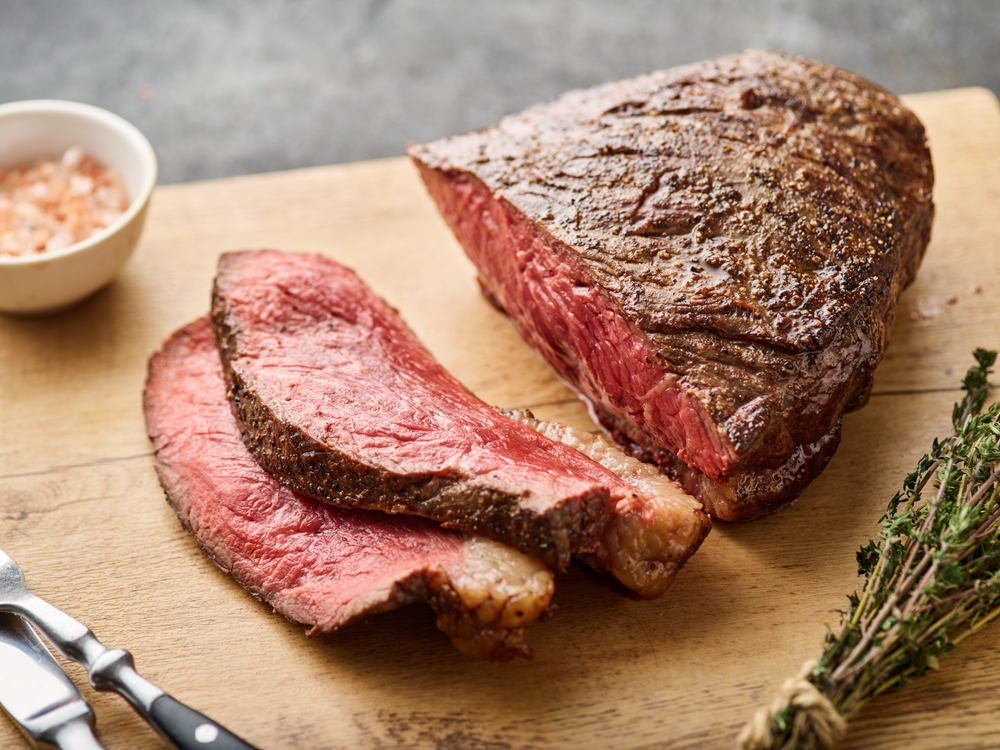
Rump roast, cut from the hindquarters, is a lean yet flavorful choice for pot roast. It benefits from slow cooking, which helps break down the muscle fibers and results in a tender, juicy roast. This cut is relatively affordable and versatile. Pair rump roast with a hearty gravy made from the cooking juices, and add root vegetables to the pot for a complete meal.
Avoid: Flank Steak
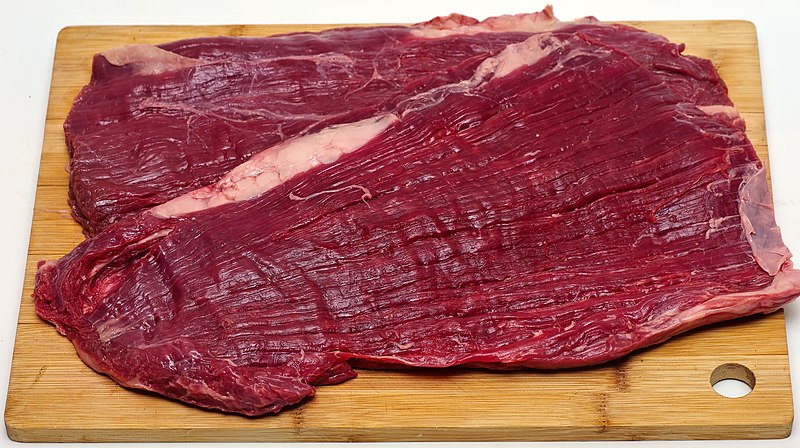
Flank steak is not ideal for pot roast as it is a lean, fibrous cut that tends to become tough when slow-cooked. It is better suited for grilling or searing and slicing thinly against the grain. If using flank steak, marinate it well and cook it quickly over high heat for the best results.
Buy: Round Roast
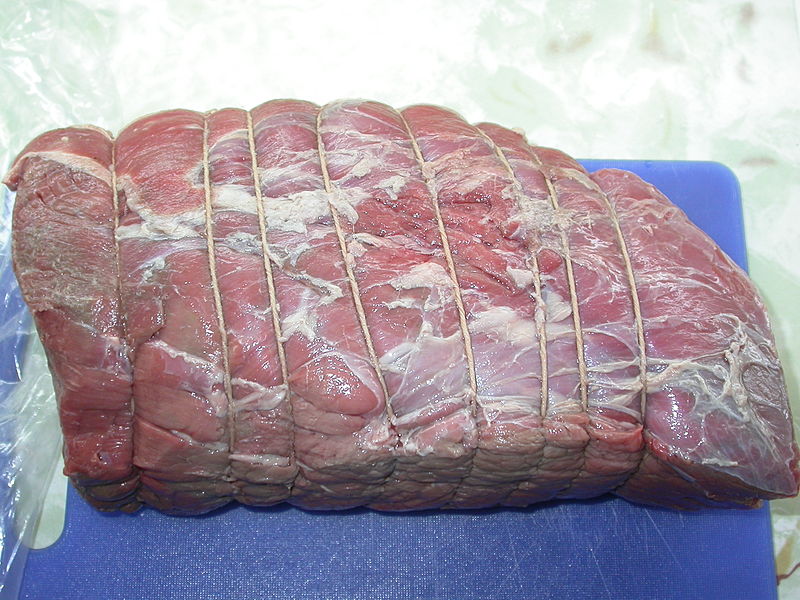
Round roast, often referred to as bottom round, is another suitable choice for pot roast. This cut comes from the hindquarters and is lean with a firm texture that benefits from slow cooking. When cooked properly, round roast can be tender and flavorful, making it a good option for pot roast. Cook round roast with a mixture of broth and wine, and include vegetables like carrots and potatoes to create a hearty meal.
Avoid: Sirloin Tip Roast
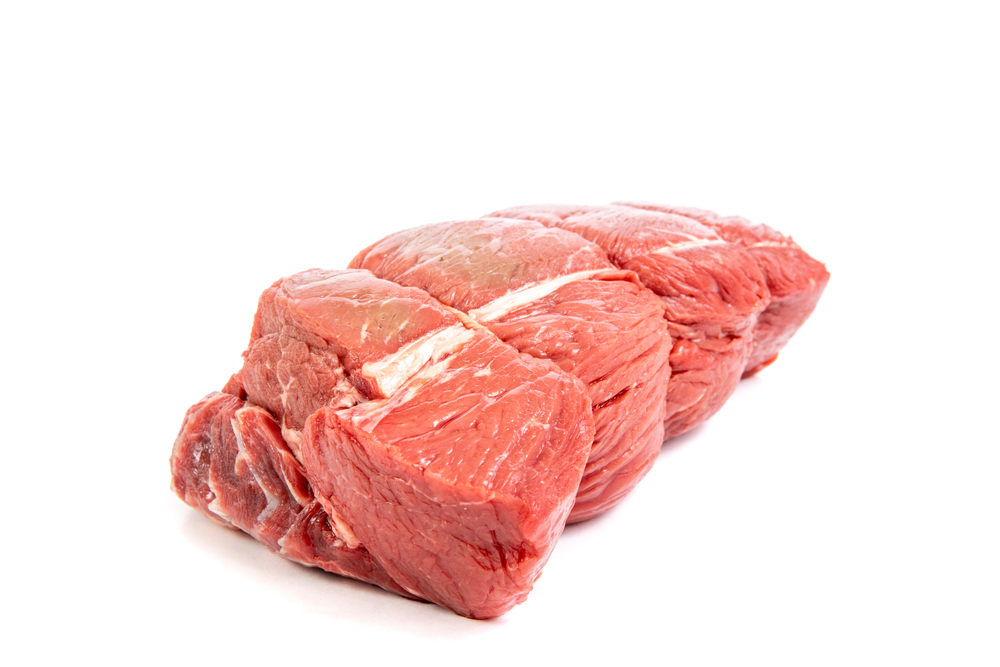
Sirloin tip roast, while flavorful, is not ideal for pot roast because it can become tough and dry when slow-cooked. This cut is best for roasting at higher temperatures and slicing thinly for serving. If you must use sirloin tip roast, cook it to medium-rare and slice it thinly across the grain to improve tenderness.
This article originally appeared on RetailShout
More From RetailShout
10 Delicious Cold Beverages to Boost Your Morning

Start your morning with an invigorating blend of green tea and mint. Not only does green tea possess a delicate flavor and numerous health benefits, but when combined with mint, it offers a cool, refreshing twist to traditional tea. Read More.
7 Frozen Foods Dietitians Recommend (and 3 They Warn Against)
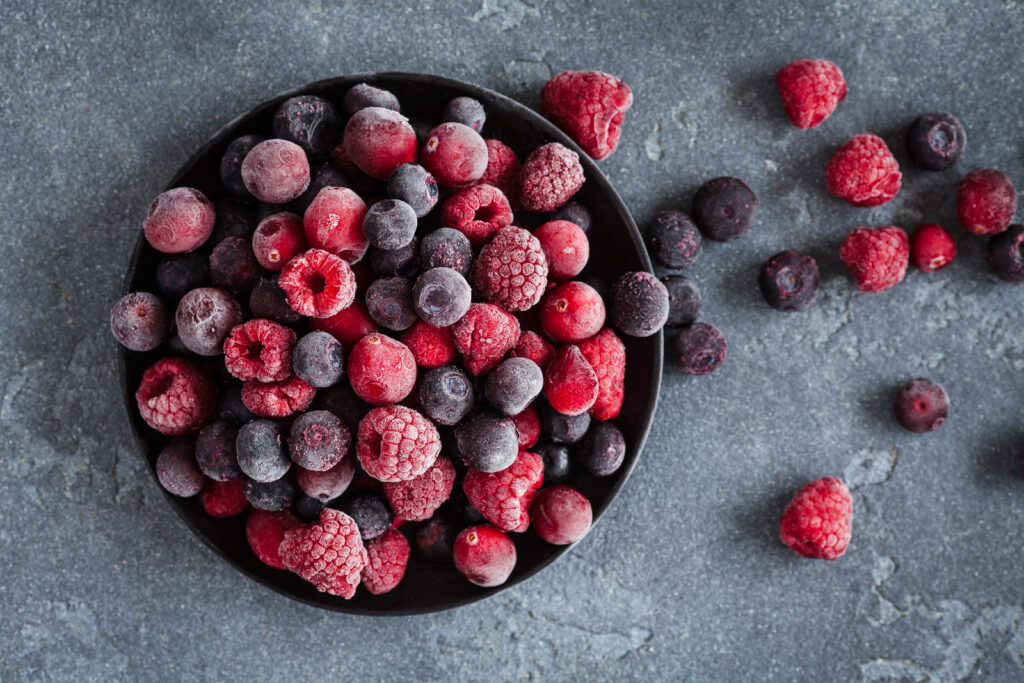
Frozen foods can be a lifesaver for busy weeknights or when you’re short on time. But not all frozen foods are created equal, and some can be loaded with unhealthy ingredients. Read More.
10 Common Foods That Cause Inflammation You Should Avoid
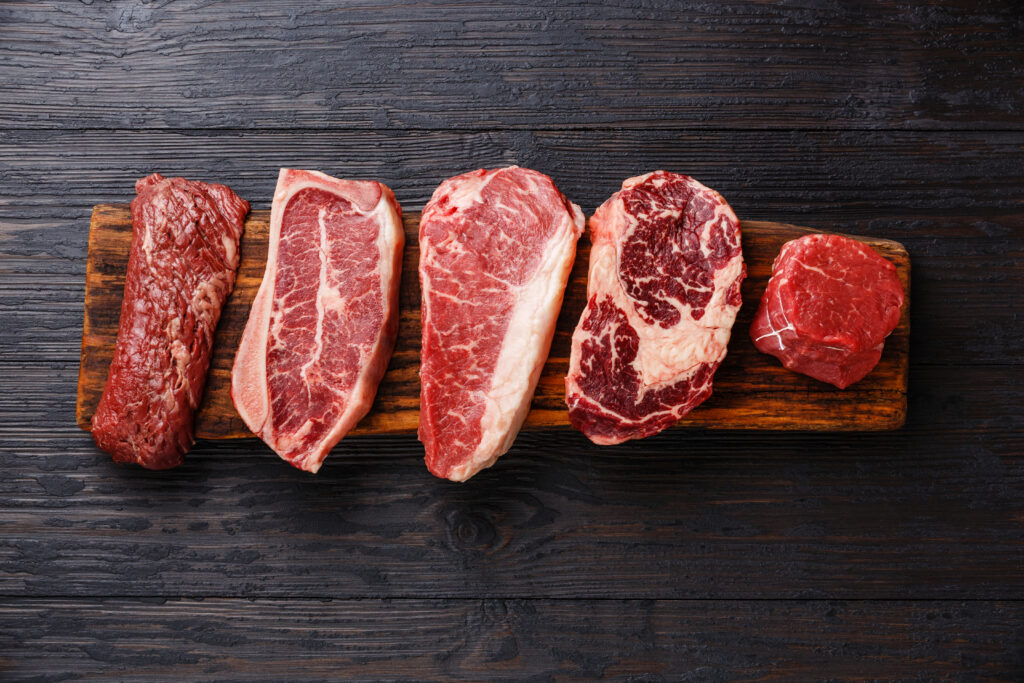
Inflammation is a natural response of the immune system, but chronic inflammation can be harmful to the body and increase the risk of certain diseases. While some foods can help reduce inflammation, others can trigger unwanted inflammation in the body. Read More.


